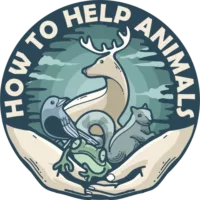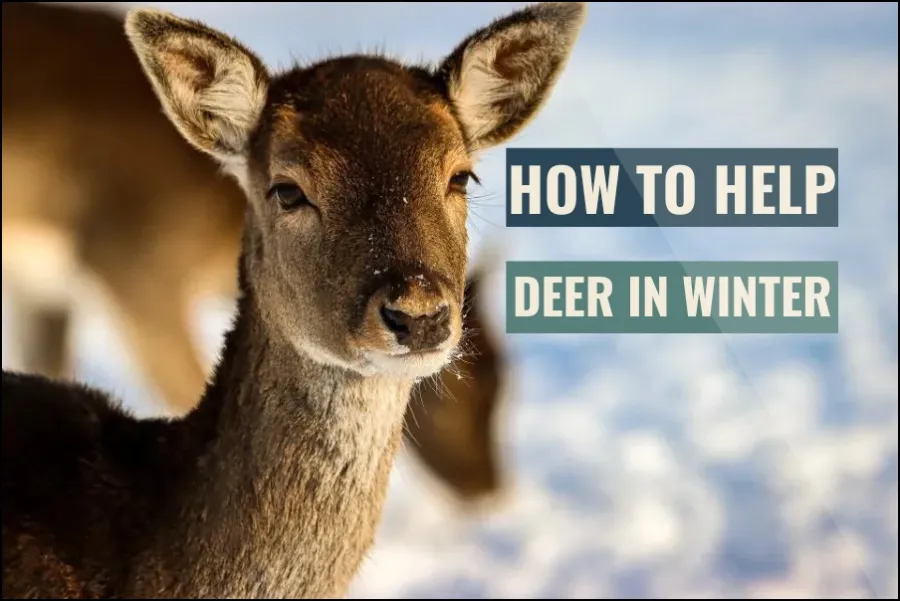
Winter can be a tough time for deer, as they struggle to find enough food and stay warm in the colder temperatures. If you’re interested in helping these beautiful animals, there are a few simple steps you can take to make their winter a little easier. In this article I will share what I do every year in order to help the deer.
To help deer in winter, provide them with supplemental food and water, create shelter from the elements, protect them from predators, avoid disturbing them, and consider supporting conservation organizations that work to protect deer populations.
Provide deer with supplemental food and water, such as at a feeding station or with salt blocks. Create shelter from the elements, such as a deer shelter or windbreak. Protect deer from predators by installing fencing or keeping an eye out for signs of predation. Avoid disturbing deer during the winter months by keeping your distance and minimizing your impact. Support conservation organizations that work to protect deer and their habitats.
How to help deer with food and water
Providing supplemental food and water for deer can be a great way to help these animals get through the winter, especially if natural food sources are scarce or difficult to access due to deep snow or other weather conditions. However, it’s important to keep in mind that deer are wild animals, and it’s generally best to let them find their own food whenever possible. Here are a few things to consider when providing food and water for deer:
- Choose appropriate food: While deer are known to eat a wide variety of plants, it’s important to choose foods that are safe and nutritionally balanced for them. Good options include:
- Grains: Deer are omnivorous and will happily eat grains such as corn, oats, and wheat. These can be provided in the form of feeders, either filled with whole grains or with a commercial deer feed mix. Just be sure to avoid feeding deer bread or other processed foods, as these can be harmful to their health.
- Forages: Deer also like to eat forages such as alfalfa, clover, and grasses. These can be provided in the form of hay, either loose or in hay feeders. Just be sure to choose high-quality hay that is free of mould and other contaminants.
- Vegetables: Many vegetables can also be fed to deer, including carrots, apples, and leafy greens. These can be provided in the form of sliced vegetables or whole fruits, either in feeders or scattered on the ground. Just be sure to avoid feeding deer anything that is spoiled or mouldy, as this can be harmful to their health.
- Avoid feeding deer human food scraps: While it might be tempting to give deer leftover food from your kitchen, it’s generally best to avoid feeding them anything that is not specifically designed for them. Human food can be unhealthy for deer and may cause them to become dependent on handouts, which can lead to problems such as overpopulation and conflict with humans.
- Choose the right location: When providing food and water for deer, it’s important to choose a location that is safe and convenient for them. Consider the following factors:
- Accessibility: Make sure that the food and water are located in an area where deer can easily reach them, without having to navigate through deep snow or other obstacles.
- Safety: Choose a location that is safe for deer, away from roads, predators, and other potential hazards.
- Convenience: Consider placing the food and water near natural deer habitats, such as wooded areas or meadows, so that they are more likely to find and use them.
- Monitor and adjust as needed: Once you’ve set up your feeding station, it’s important to keep an eye on it and make adjustments as needed. Monitor the food and water levels to make sure that they are sufficient, and clean the feeding area regularly to prevent the build-up of mould or other contaminants. If you notice that the deer are not using the feeders or that the food is going to waste, you may need to make adjustments to the location, the type of food, or the amount that you are providing.
By following these guidelines, you can help to provide deer with the food and water they need to survive the winter, while still allowing them to maintain their natural independence and foraging habits. Just be sure to follow any local guidelines or regulations on feeding wildlife, and remember that the best way to help deer is to support the ecosystems they rely on and promote conservation efforts more broadly.

Prepare for winter
Deer are herbivorous animals and will eat a wide variety of plants, including leaves, twigs, and other woody material. In the winter, when food is scarce and natural sources are hard to come by, deer may rely more heavily on woody plants as a source of nutrition. So, why not plants some in the spring and act a bit preventive. Here are a few things to consider when it comes to the types of bushes and twigs that deer like to eat during the winter:
- Native plants: Deer tend to prefer native plants, as they are adapted to the local climate and are more likely to be available in the winter. Some common native plants that deer like to eat include oak, maple, and willow, as well as shrubs such as dogwood, sumac, and viburnum.
- Woody plants with high nutrient content: Deer are most likely to eat woody plants that are high in nutrients, such as protein and fiber. These nutrients are important for helping deer to maintain their body condition and stay healthy during the winter. Some woody plants that are particularly high in nutrients include oak, hickory, and beech.
- Twigs and branches: Deer will often eat twigs and branches when they are hungry and can’t find other sources of food. These are usually lower in nutrients than leaves, but they can still provide some sustenance. Twigs and branches from a variety of trees and shrubs can be eaten by deer, including evergreens such as spruce and pine.
- Bark: In extreme cases, when other food sources are scarce, deer may resort to eating bark. This can be a survival tactic, as bark is high in cellulose, which can help to fill the stomach and provide some energy. However, bark is generally low in nutrients and should not be relied upon as a primary source of food.
It’s worth noting that deer are opportunistic feeders and will eat whatever plants are available to them. This means that they may eat a variety of different bushes and twigs during the winter, depending on what is available in their habitat. If you’re interested in providing food for deer, it’s generally best to focus on native plants that are high in nutrients, and to avoid providing non-native or invasive species, as these can disrupt local ecosystems.
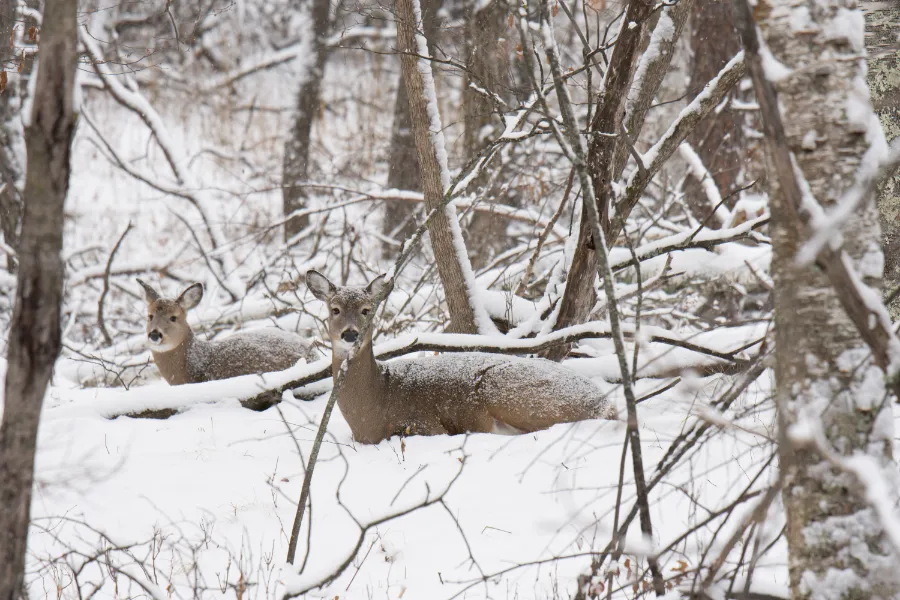
Provide shelter for deer
Providing shelter for deer during the winter can be a great way to help these animals survive the colder months and reduce their risk of exposure to the elements. Here are a few things to consider when it comes to building or providing shelter for deer:
- Choose an appropriate location: When building or providing shelter for deer, it’s important to choose a location that is safe and convenient for them. Consider the following factors:
- Accessibility: Make sure that the shelter is located in an area where deer are likely to use it, such as near natural deer habitats or food sources.
- Safety: Choose a location that is safe for deer, away from roads, predators, and other potential hazards.
- Convenience: Consider placing the shelter near natural deer habitats, such as wooded areas or meadows, so that it is more likely to be used.
- Build a deer shelter: If you have a large property and are able to build a shelter specifically for deer, there are a few key things to consider:
- Size: Deer shelters should be large enough to accommodate a number of animals, but not so large that they are difficult to heat or maintain. A good rule of thumb is to aim for a shelter that is around 10 feet by 10 feet, with a height of around 8 feet.
- Materials: Choose materials that are durable, weather-resistant, and easy to maintain. Good options include wood, metal, or plastic, and you may want to consider using a roofing material such as shingles or tar paper to protect against the elements.
- Ventilation: Make sure to include ventilation in your shelter design, as this will help to prevent the buildup of moisture and improve air circulation.
- Provide a windbreak: If you don’t have the space or resources to build a full-fledged deer shelter, you can still provide some protection from the elements by building a simple windbreak. This can be as simple as a row of stacked logs or branches, or a more elaborate structure made from wood, metal, or other materials. Just be sure to choose a location that is safe and convenient for deer, and make sure the windbreak is high enough to provide adequate protection.
- Consider other options: In addition to building or providing a shelter, there are a few other things you can do to help deer stay warm and protected during the winter:
- Provide bedding: If you have a feeding station or other area where deer congregate, consider providing some bedding, such as straw or wood chips, to help insulate against the cold ground.
- Avoid disturbing deer: Remember that deer need to conserve their energy during the winter, and being disturbed by humans or other animals can cause them to use up valuable resources. Avoid approaching or handling deer, and keep your distance if you see them in the wild. If you must be in an area where deer are present, try to minimize your impact and avoid making loud noises or sudden movements.
By following these guidelines, you can help to provide deer with the shelter they need to survive the winter, while still allowing them to maintain their natural independence and behavior. Just be sure to follow any local guidelines or regulations on providing shelter for wildlife, and remember that the best way to help deer is to support the ecosystems they rely on and promote conservation efforts more broadly.
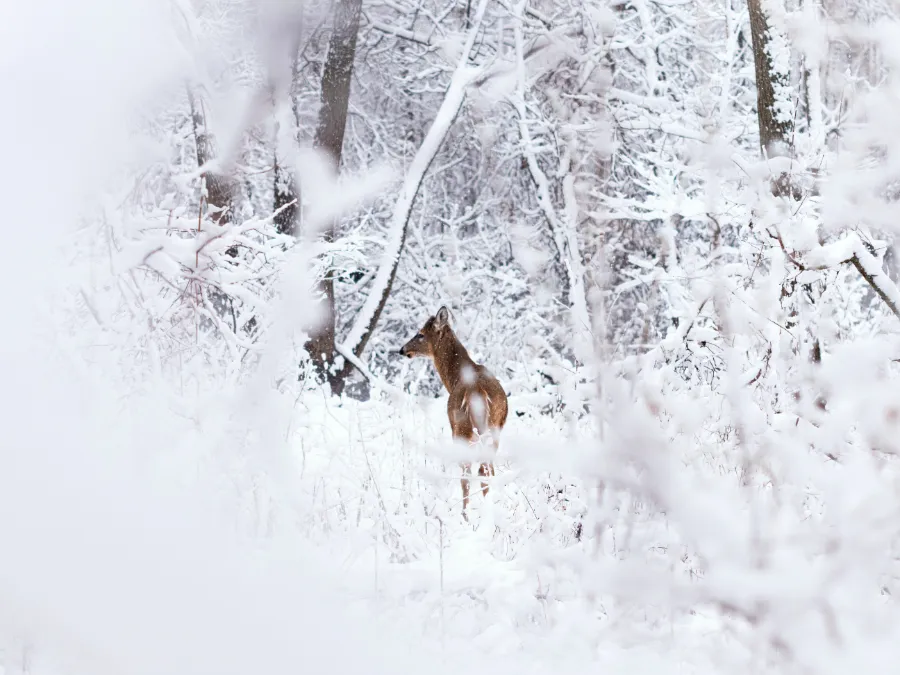
Try to avoid them and give them peace instead
Deer are wild animals and, like all wildlife, they need to be respected and given space to live their lives. If you’re interested in helping to avoid disturbing deer, there are a few key things you can do:
- Keep your distance: The most important thing you can do to avoid disturbing deer is to keep your distance. Deer are generally skittish animals and can be easily frightened by humans or other animals. If you see deer in the wild, keep your distance and avoid approaching or handling them.
- Minimize your impact: Even if you’re not directly interacting with deer, you can still disturb them by making loud noises or sudden movements. If you must be in an area where deer are present, try to minimize your impact by moving slowly and quietly, and avoiding activities that might disturb them, such as playing music or letting your pets run loose.
- Respect their space: Deer have a natural territory that they use for feeding, resting, and breeding, and it’s important to respect this space. If you see deer in a particular area, try to avoid entering their territory or otherwise disrupting their activities.
- Follow local guidelines: Different areas may have different guidelines or regulations in place to protect wildlife and minimize disturbance. Be sure to follow any local guidelines or regulations that apply to deer, and consider seeking guidance from local authorities or conservation organizations if you have questions.
By following these guidelines, you can help to avoid disturbing deer and allow them to live their lives in peace. Just remember that deer are wild animals, and it’s important to respect their natural behavior and boundaries.
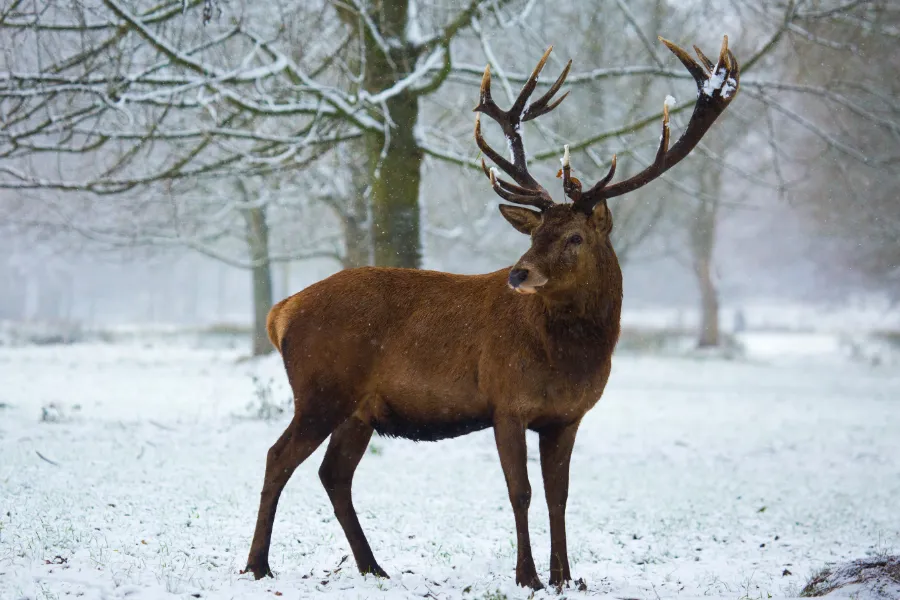
Support organizations that help the deer
There are many foundations and organizations that work to protect deer and other wildlife, both in the United States and around the world. Supporting these organizations is a great way to help deer and promote conservation efforts more broadly. Here are a few examples of foundations that work to protect deer, along with information on how to get in touch with them:
- The Nature Conservancy: The Nature Conservancy is a global conservation organization that works to protect land and water resources, including the habitats of deer and other wildlife. You can support the Nature Conservancy by making a donation, volunteering your time, or supporting their conservation efforts in other ways. You can find more information on their website at www.nature.org or by contacting them at info@tnc.org.
- The Wildlife Conservation Society: The Wildlife Conservation Society is another global conservation organization that works to protect wildlife and their habitats, including deer. You can support the WCS by making a donation, adopting an animal, or volunteering your time. You can find more information on their website at www.wcs.org or by contacting them at info@wcs.org.
- The National Wildlife Federation: The National Wildlife Federation is a nonprofit organization that works to protect wildlife and their habitats in the United States. You can support the NWF by making a donation, becoming a member, or volunteering your time. You can find more information on their website at www.nwf.org or by contacting them at info@nwf.org.
There are many other foundations and organizations that work to protect deer and other wildlife, so be sure to do your research and find one that aligns with your values and interests. By supporting these organizations, you can help to protect deer and promote conservation efforts more broadly. This can involve making a financial contribution, volunteering your time, or supporting their efforts in other ways. By working together, we can help to ensure that deer and other wildlife have the protection and support they need to thrive.
In conclusion
Helping deer in winter can involve providing them with supplemental food and water, creating shelter, protecting them from predators, avoiding disturbing them, and supporting conservation organizations. Providing food and water can involve choosing appropriate food such as grains, forages, and vegetables, and placing them in a safe, convenient location. Creating shelter can involve building a deer shelter or windbreak, or providing bedding at a feeding station. Protecting deer from predators can involve installing fencing or keeping an eye out for signs of predation. Avoiding disturbing deer can involve keeping your distance and minimizing your impact, and supporting conservation organizations can involve making a financial contribution, volunteering, or supporting their efforts in other ways. It’s important to follow local guidelines and regulations and to respect deer as wild animals.
